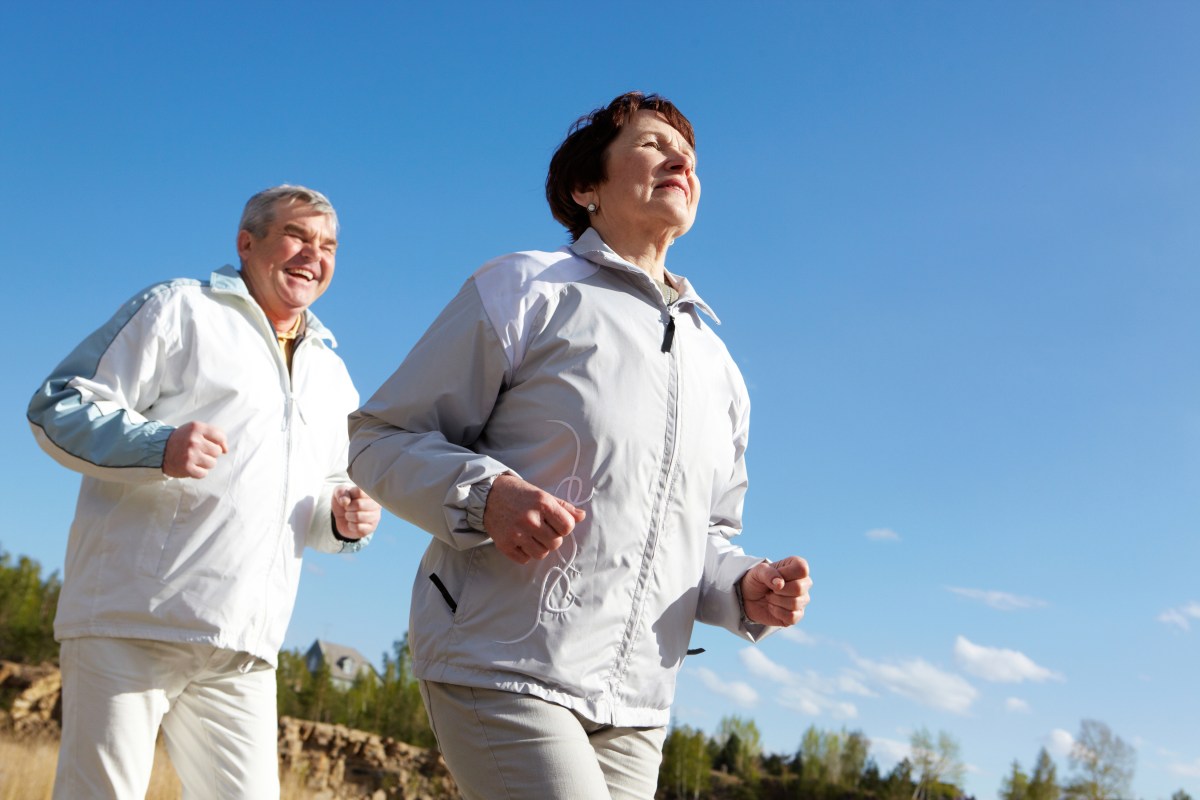Unlocking Health: How Much Should Seniors Walk for Optimal Wellness?
As the golden years approach, maintaining optimal health becomes a pivotal concern for many seniors. With age, the body naturally undergoes various changes, which can affect mobility, strength, and overall wellness. Walking serves as one of the most accessible and beneficial forms of physical activity, but how much should seniors walk to truly unlock their health benefits? This article delves into the recommended walking durations for older adults, offering insights into the optimal amount of walking for enhancing well-being.
The Importance of Walking for Seniors
Walking is not just a simple physical activity; it’s a powerful tool for maintaining health, improving mood, and enhancing quality of life. Here are some key benefits of walking for seniors:
- Cardiovascular Health: Regular walking can significantly reduce the risk of heart disease and help regulate blood pressure.
- Weight Management: It assists in burning calories, which is crucial for weight control as metabolism tends to slow with age.
- Improved Mobility and Balance: Walking enhances muscle strength and coordination, reducing the risk of falls.
- Mental Well-being: Physical activity, including walking, releases endorphins, which can alleviate symptoms of anxiety and depression.
- Social Engagement: Walking can be a social activity that encourages interaction with friends and family, boosting emotional health.
How Much Should Seniors Walk for Optimal Wellness?
Understanding the ideal walking time is crucial for seniors aiming to enhance their health. The general recommendation for adults, including seniors, is at least 150 minutes of moderate-intensity aerobic activity per week. This translates to about:
- 30 minutes of brisk walking, five days a week.
However, this guideline can vary based on individual health conditions, mobility issues, and personal fitness levels. Here are some tailored recommendations:
1. Starting Small: For the Inactive Senior
For seniors who are just beginning their walking journey or who have been inactive, it’s essential to start slow. Aiming for:
- 10-15 minute walks, two to three times a week
Gradually increasing the duration and frequency will help build endurance and confidence. Listening to one’s body and not pushing too hard too soon is critical to avoid injury.
2. The Intermediate Walker
Seniors who already engage in some physical activity can aim for:
- 20-30 minutes of walking, at least three to five days a week,
This level can provide significant health benefits while still being manageable. Incorporating intervals of brisk walking can further enhance cardiovascular fitness.
3. The Active Senior
For those who are accustomed to regular exercise, maintaining:
- 30-60 minutes of brisk walking, five days a week,
can promote optimal health. This can also include longer walks on weekends or engaging in walking groups for motivation and socialization.
Listening to Your Body
It’s vital for seniors to pay attention to their body’s signals. Signs such as persistent fatigue, joint pain, or shortness of breath may indicate that the walking routine needs to be adjusted. Consulting with a healthcare professional before starting any new exercise regimen is always a wise decision.
Incorporating Variety into Walking Routines
To keep walking enjoyable and engaging, seniors can incorporate various elements into their routine:
- Nature Walks: Exploring parks or nature trails can enhance the walking experience and provide mental health benefits.
- Walking Groups: Joining a community walking group can foster social connections and motivation.
- Using Walking Aids: For those with balance issues, using a cane or walker can provide additional support and confidence.
- Interval Walking: Alternating between brisk and moderate walking can boost fitness levels.
Safety Tips for Senior Walkers
While walking is generally safe, seniors should keep a few safety tips in mind to prevent accidents and injuries:
- Wear Proper Footwear: Shoes should provide support and cushioning.
- Stay Hydrated: Drink water before and after walks, especially on warm days.
- Choose Safe Routes: Walking in well-lit and even areas can reduce the risk of falls.
- Walk with a Buddy: Having a companion can enhance safety and enjoyment.
Conclusion: Walking Towards Wellness
Walking offers seniors a pathway to improved health and well-being. By understanding how much they should walk and tailoring their routines to fit their individual needs, seniors can unlock a multitude of health benefits. Remember, the key is consistency and enjoyment. Whether it’s a short stroll around the neighborhood or a longer hike in nature, every step taken is a step towards better health. So, lace up those walking shoes and embrace the journey towards optimal wellness!
In summary, the focus keyword “how much should seniors walk for optimal wellness” encapsulates a significant aspect of senior health. Keeping active through walking can lead to improvements in physical fitness, mental health, and overall life satisfaction. Seniors should feel empowered to explore their walking potential, aiming for the recommended durations while listening to their bodies and enjoying the journey.
See more WebMD Network



